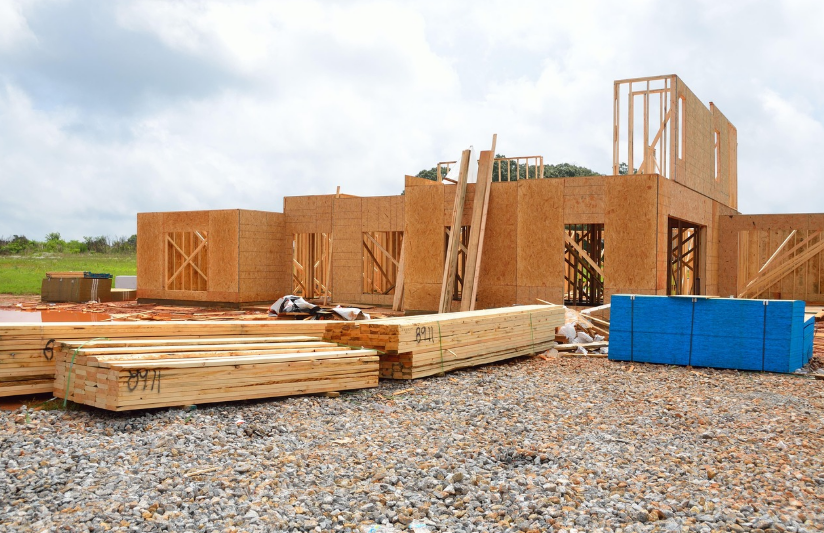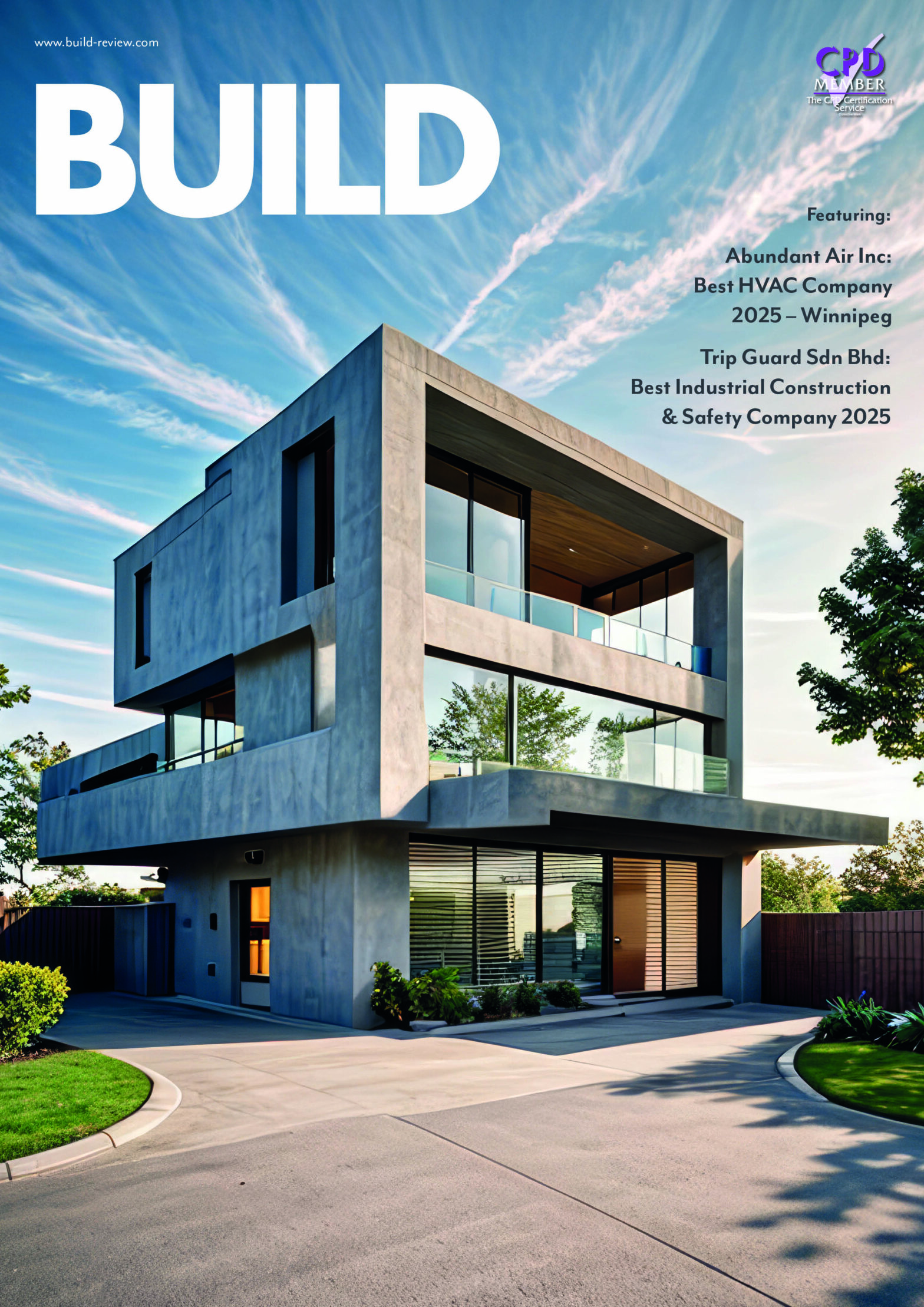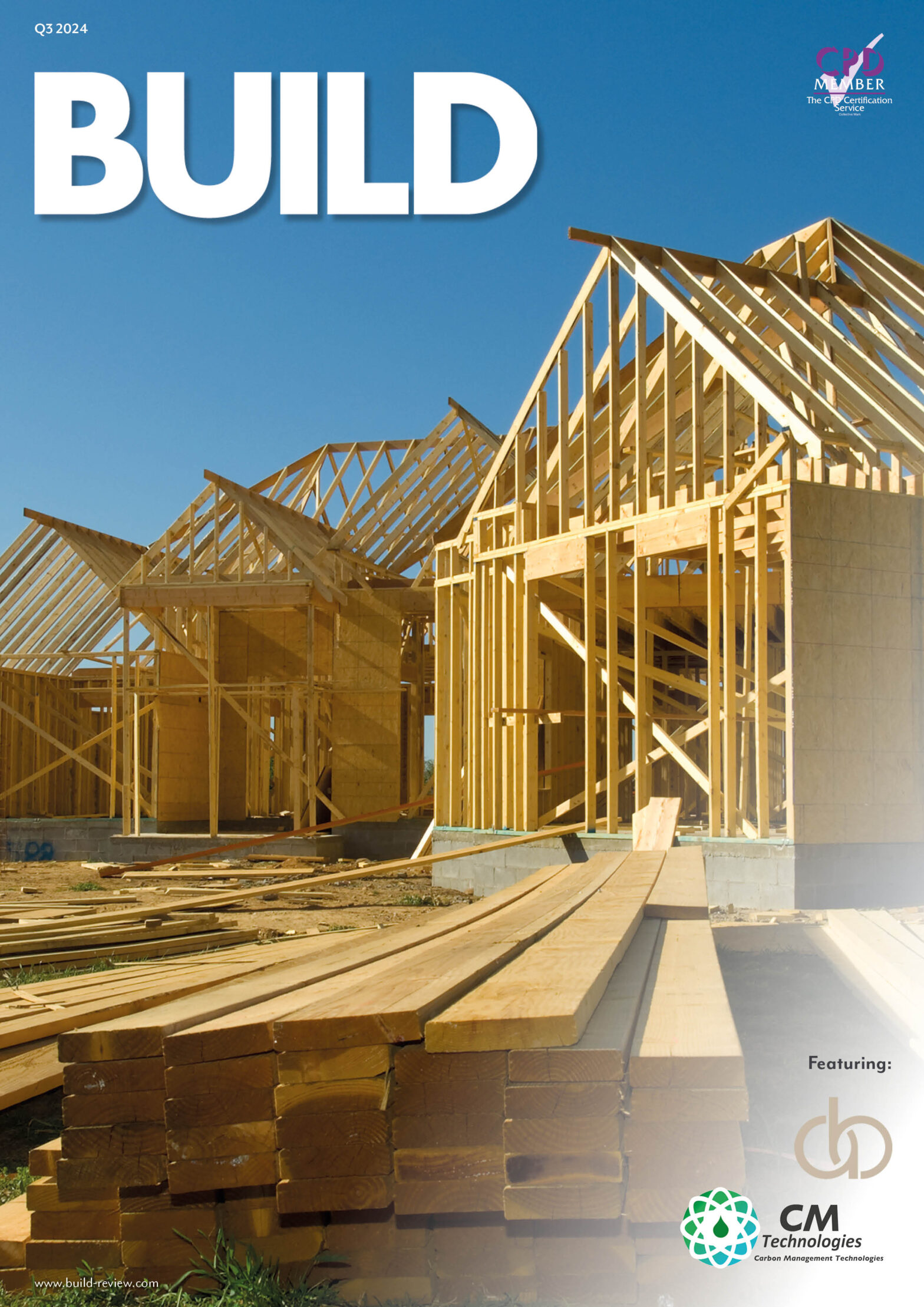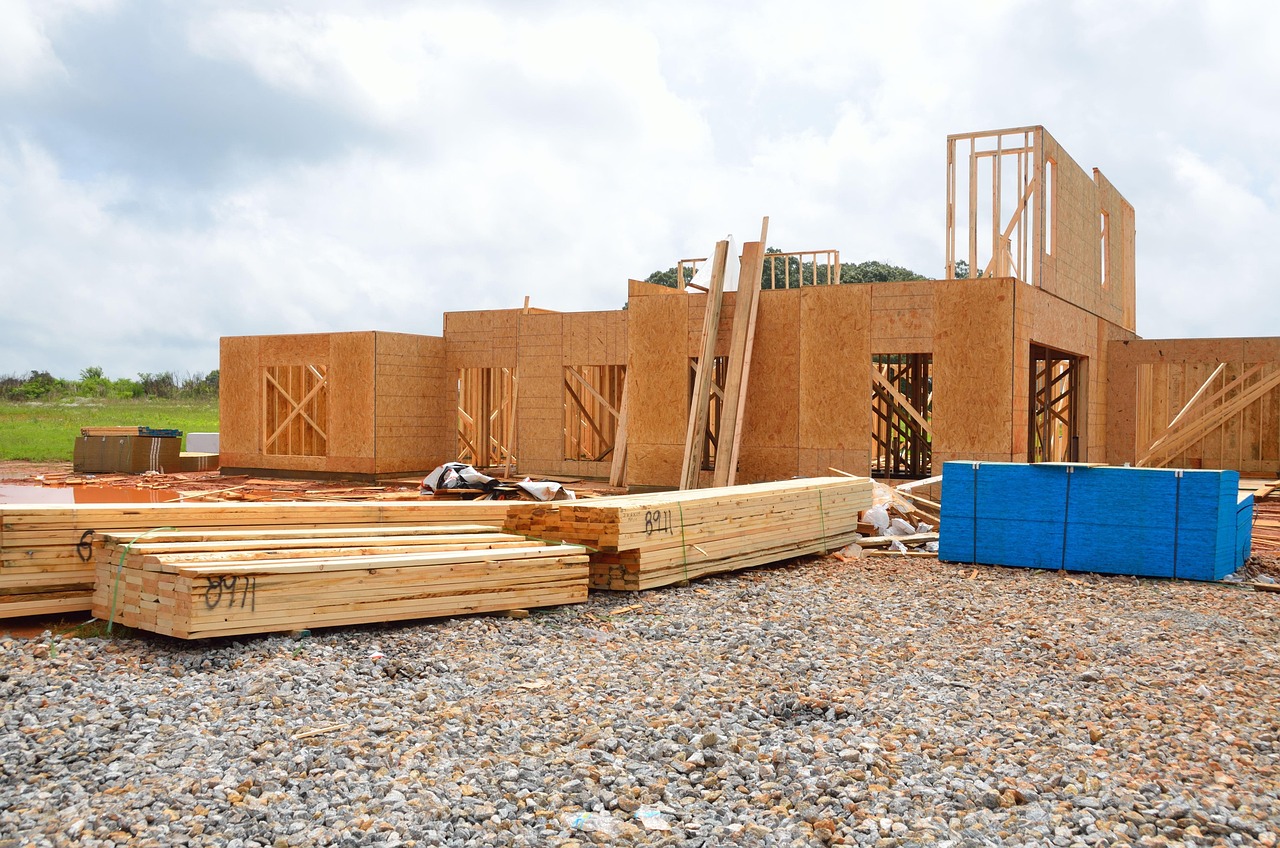
Texas continues to attract major corporations at an impressive rate, fundamentally altering construction and development patterns across the state. With over 200 corporate relocations announced in the past two years alone, the Lone Star State faces both opportunities and challenges in accommodating this influx of businesses and their employees.
The Corporate Migration to Texas: Current State
The statistics tell a compelling story. Since 2023, Texas has welcomed headquarters or major operations from more than 40 Fortune 500 companies. These relocations originated primarily from California, Illinois, and New York, with technology, financial services, and manufacturing firms leading the charge.
Companies cite several factors driving their moves to Texas: favorable tax policies, reduced regulatory hurdles, workforce availability, and significantly lower operating costs. For many businesses, the pandemic accelerated existing plans to seek more cost-effective locations with business-friendly environments.
Primary Development Impacts: Commercial Real Estate
This corporate migration is reshaping commercial construction across Texas metros. While traditional downtown office towers remain important, we’re seeing increased development of suburban corporate campuses that offer employees shorter commutes and developers lower land costs.
New office developments increasingly feature Texas-specific adaptations: enhanced HVAC systems for the intense summer heat, covered parking structures, and outdoor spaces designed for use during mild winter months rather than summer.
Infrastructure Challenges and Solutions
The influx of businesses has strained existing infrastructure networks. Transportation systems in particular face capacity issues, prompting major expansion projects across all Texas metros. The state transportation department has accelerated over $15 billion in roadway projects specifically tied to corporate development zones.
Power grid capacity concerns have prompted innovative solutions, with many new corporate facilities incorporating on-site generation and storage capabilities. Water management systems face similar pressures, with developers implementing advanced conservation measures in new projects.
Housing Market Pressures
Perhaps no area feels the impact of corporate relocations more acutely than residential real estate. Housing inventory in relocation hotspots struggles to keep pace with demand, driving construction booms in suburban areas and near corporate clusters.
Master-planned communities have emerged as a dominant development model, with over 30 such projects currently under construction across Texas metros. These communities typically offer various housing types at multiple price points, attempting to accommodate executives and staff alike.
Multi-family construction has reached unprecedented levels, with apartment development at a 20-year high across most Texas metros.
Workforce Housing Considerations
While luxury housing and executive neighborhoods garner headlines, developers increasingly recognize the importance of “missing middle” housing – homes affordable to the typical relocated employee. Construction of townhomes, duplexes, and smaller single-family homes has increased by 35% since 2022.
Several municipalities have adjusted zoning regulations to encourage higher-density development and more diverse housing types. Some corporate relocations now include provisions for workforce housing development as part of their economic incentive packages.
Regional Spotlights: Varied Impacts Across Texas
Each major Texas region shows distinct development patterns in response to corporate relocations:
Dallas-Fort Worth attracts financial services and corporate headquarters, driving premium office and luxury residential construction.
Austin continues its technology focus, with development characterized by mixed-use projects combining workspace with residential units.
The Houston real estate market demonstrates remarkable versatility, with energy sector expansions complemented by growing medical and technology presence. This diversification has spurred development of specialized facilities like the Energy Corridor’s new corporate campuses and the Texas Medical Center’s research complexes. Houston also leads the state in adaptive reuse projects, converting older commercial structures to accommodate new corporate functions.
San Antonio benefits from manufacturing and logistics operations, prompting industrial and workforce housing development.
Construction Sector Response
The construction industry faces significant challenges meeting this demand surge. Labor shortages have pushed wages up 15-20% for skilled trades over the past two years. Material supply chains continue to adjust, with some developers securing materials months in advance of breaking ground.
Construction technology adoption has accelerated dramatically, with modular construction techniques gaining traction across Texas. These approaches help address both labor shortages and timeline pressures.
Outlook and Future Trends
The corporate relocation pipeline shows no signs of slowing, with dozens of significant moves announced for implementation through 2026. Development hotspots increasingly include smaller cities within commuting distance of major metros, where land costs remain lower and municipalities offer aggressive incentives.
For construction and real estate professionals, this ongoing corporate migration presents substantial opportunities, but requires adaptability and forward planning. Those who understand the unique needs of relocating companies and their workforces will find themselves well-positioned in this dynamic market.



























